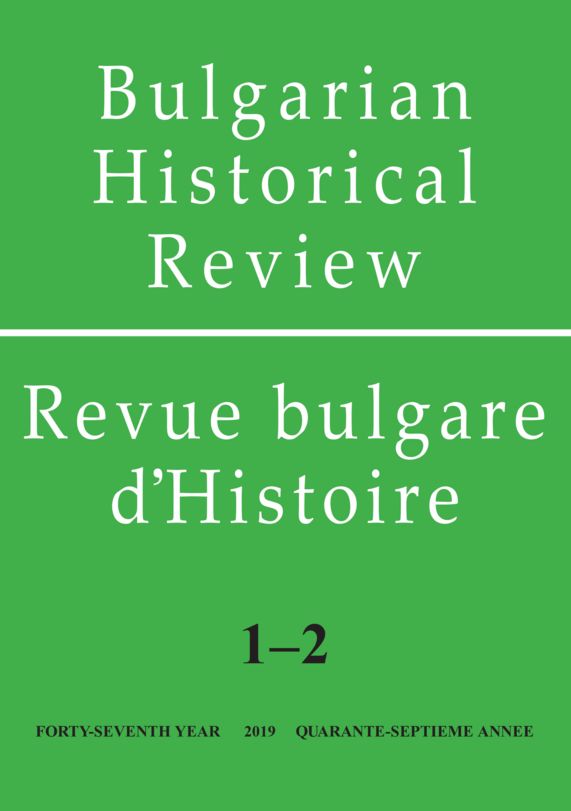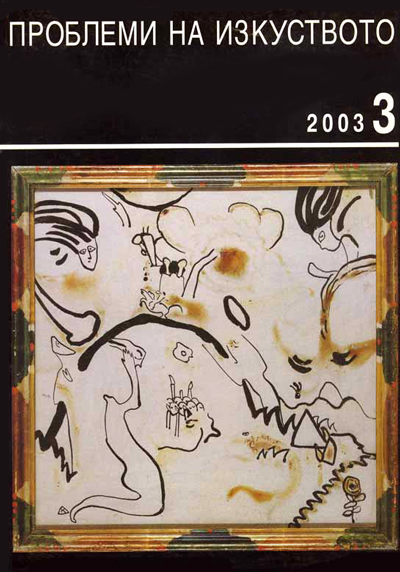
We kindly inform you that, as long as the subject affiliation of our 300.000+ articles is in progress, you might get unsufficient or no results on your third level or second level search. In this case, please broaden your search criteria.

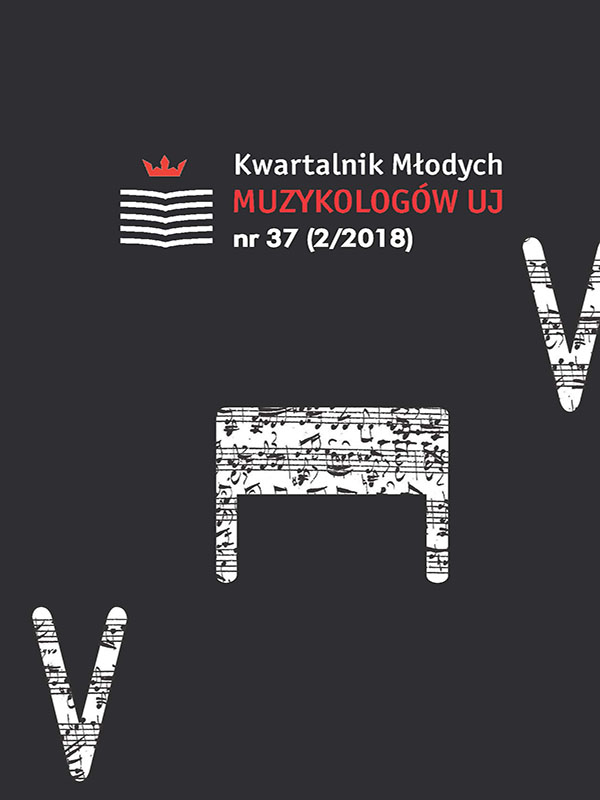
Scordatura is a tuning of a string instrument, which is different than the standard one. It has been used for both plucked and string instruments since the 16th century and it was quite popular in the Baroque era, especially in the case of violins. Because of their specific tuning – based on the same intervals – it is possible to distinguish two types of violin scordatura. The first one relates to the situation when all strings are tuned up or down in the same interval relations. Such tuning is still based on fifths, but the pitches are different than using standard tuning, so it is called transpose scordatura. In the second one, each string is tuned up or down in different interval relation, in another direction or even only some of them are tuned in the unusual way. In this case, violin tuning is based on different intervals than fifths, usually on thirds and/or fourths, although sometimes there are three dissimilar intervals (thirds, fourths and fifths). The second type of scordatura was a very popular technique in the Baroque era and its functions were variable. The main of them were allowing to perform figures, which are impossible in standard tuning, especially double-notes and chords (technical aspect), and changing sound qualities of the instrument (sound aspect). It does not mean that scordatura was used only to achieve these goals. For example, it was sometimes used to imitate other instrument. There are certain examples of such a usage of this playing technique in the oldest (1679–1686) part of the collection of manuscripts connected with activity of Canonesses Regular of St Augustine in Wrocław (provenance St Anna in Arena). The scordatura can be found there in seven manuscripts, and in four of them it is possible that composers (or composer?) tried to assimilate the violin sound and/or technique with other instruments, such as viola, lute or trumpet.
More...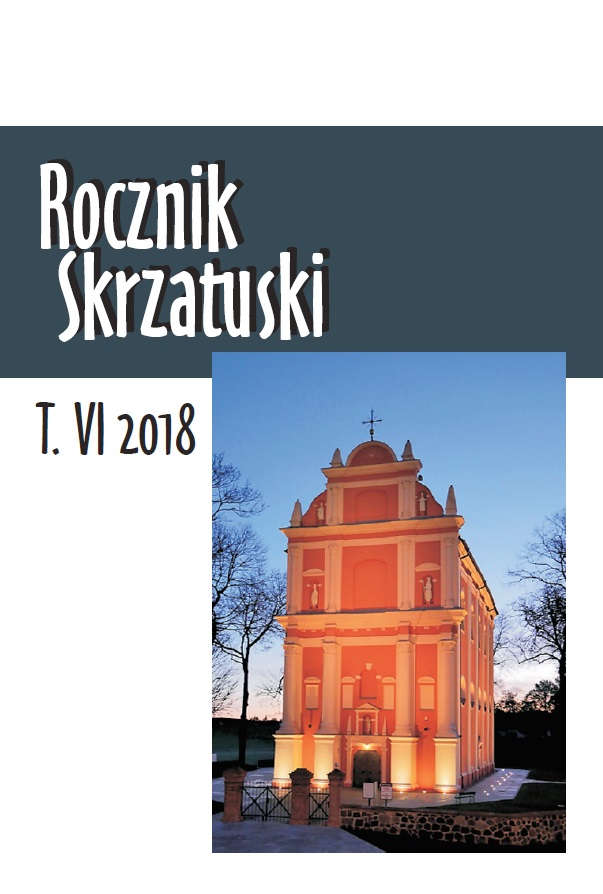
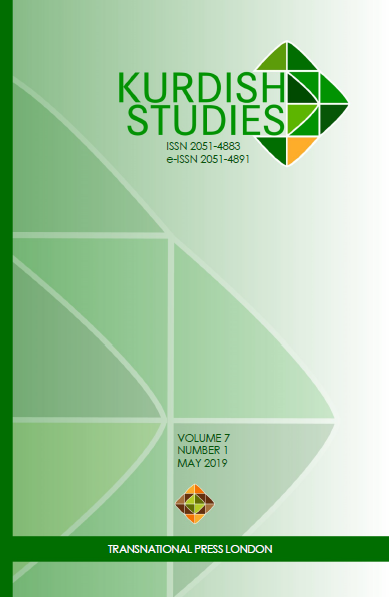
Sebastian Maisel, ed., The Kurds: an Encyclopedia of Life, Culture, and Society, Santa Barbara, CA: ABC-Clio, 2018, 376 pp., (978-1-4408-4256-6). Murat Yeşiltaş and Tuncay Kardaş, eds., Non-State Armed Actors in the Middle East: Geopolitics, Ideology, Strategy. Cham: Palgrave Macmillan, 2018, 278 pp., (ISBN: 978-3-319-55287-3). Barbara Henning, Narratives of the History of the Ottoman-Kurdish Bedirhani Family in Imperial and Post-Imperial Contexts: Continuities and Changes. Bamberg: University of Bamberg Press, 2018, 756 pp., (ISBN: 9783863095512). Gareth Stansfield and Mohammed Shareef, eds, The Kurdish Question Revisited. London: C Hurst & Co., 2017, 712 pp., (ISBN-10: 0190687185; ISBN-13: 978-0190687182). Abbas Amanat, Iran: A Modern History, New Haven, London: Yale University Press, 2017, pp. 1000, (ISBN-10: 0300112548, ISBN-13: 978-0300112542).
More...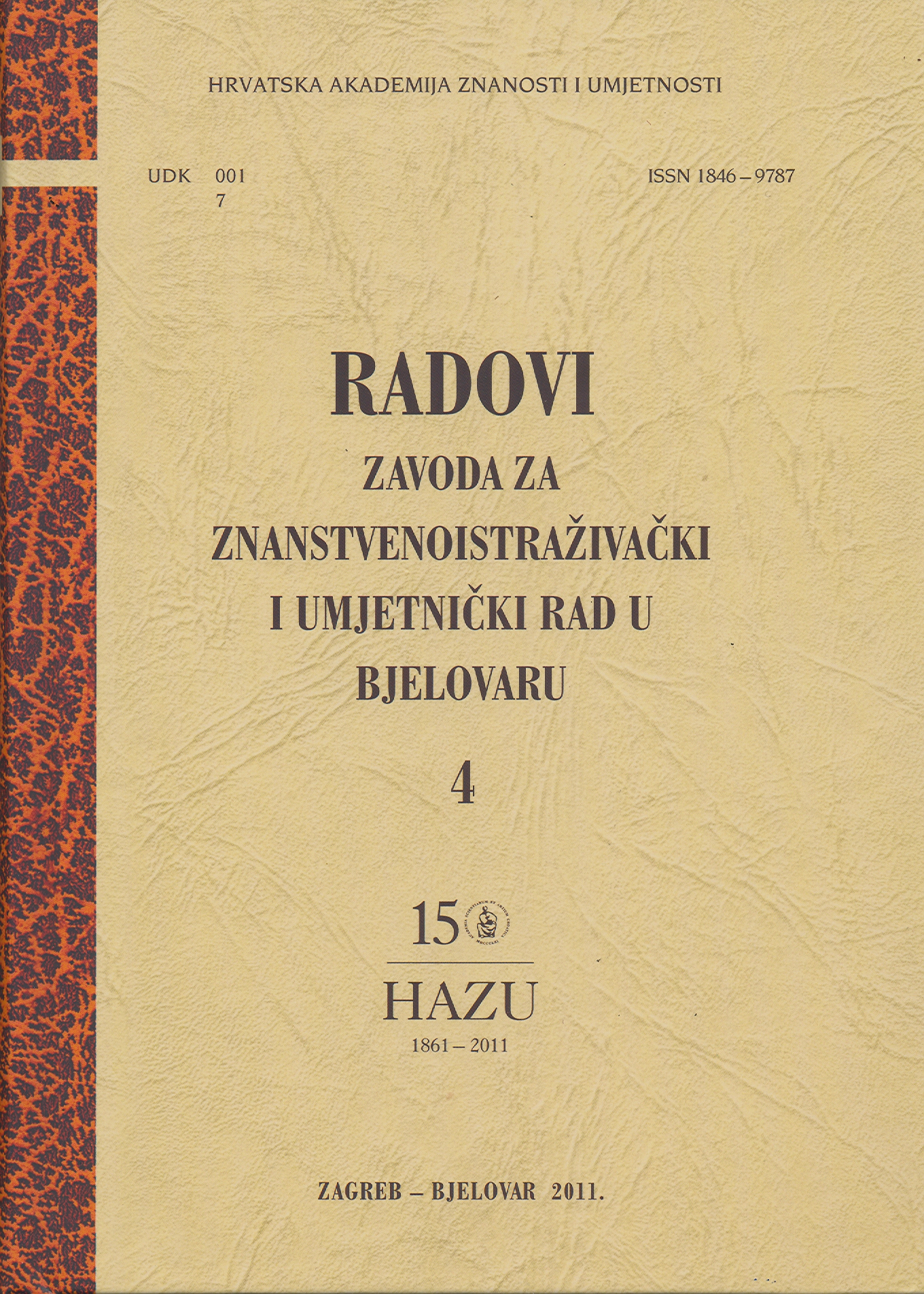
Technical documentation is a necessary prerequisite for the protection and preservation of cultural heritage. For the purposes relating to Garić-grad, it has been developed since the beginning of the 1960s. Parts of interdependent documentation have emerged depending on the priorities regarding either the protection or the establishment of the facts necessary for its implementation. The documentation relating to the state as found, as well as to the archaeological and conservational explorations, tends often to intertwine with the projects and the implementation documentation; this is primarily conditioned by the construction state of Garić-grad. Due to the fact that the organising, conducting and financing of the protection and preservation works on this kind of cultural heritage are exceptionally demanding, there had even been disagreements within the profession. The initial major impetus and enthusiasm died off in the early 1980s, much before the complete and only logical restoration of the central tower. This situation had a direct impact on its catastrophic present state. A new cycle of conducting exploration works and developing documentation necessary for launching the reparation process began in 2009, when the programme of the Croatian Conservation Institute was included in the regular financing plan of the Ministry of Culture of the Republic of Croatia.
More...
The Museum of Moslavina in Kutina was established in 1960, at the time when the initial works on Garić-grad commenced. The found items belong to the current Museum holdings and make the major part of its Mediaeval Collection. The paper describes the history of the research on Garić-grad and the part of the holdings belonging to it.
More...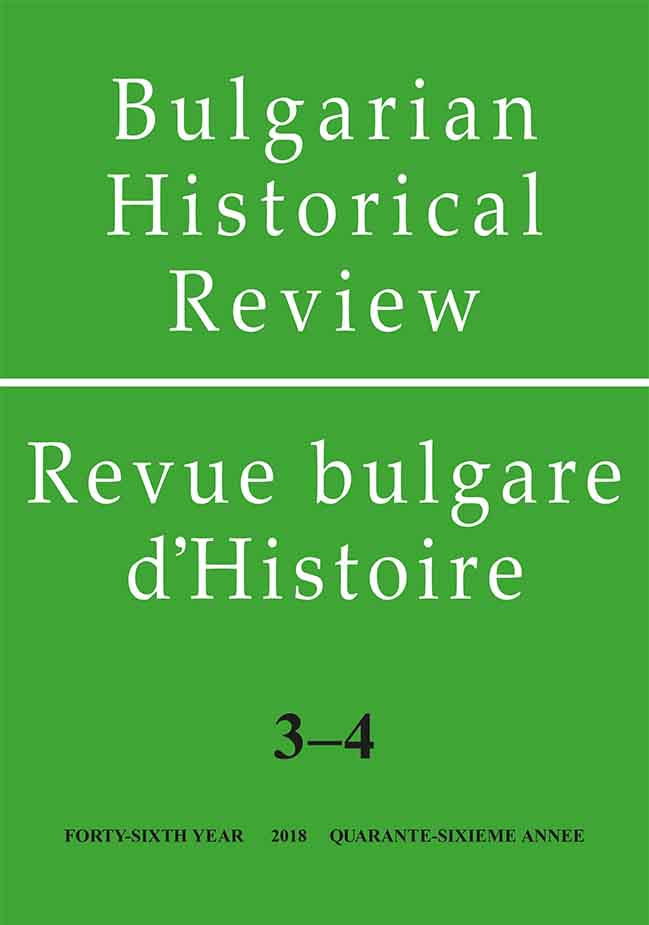
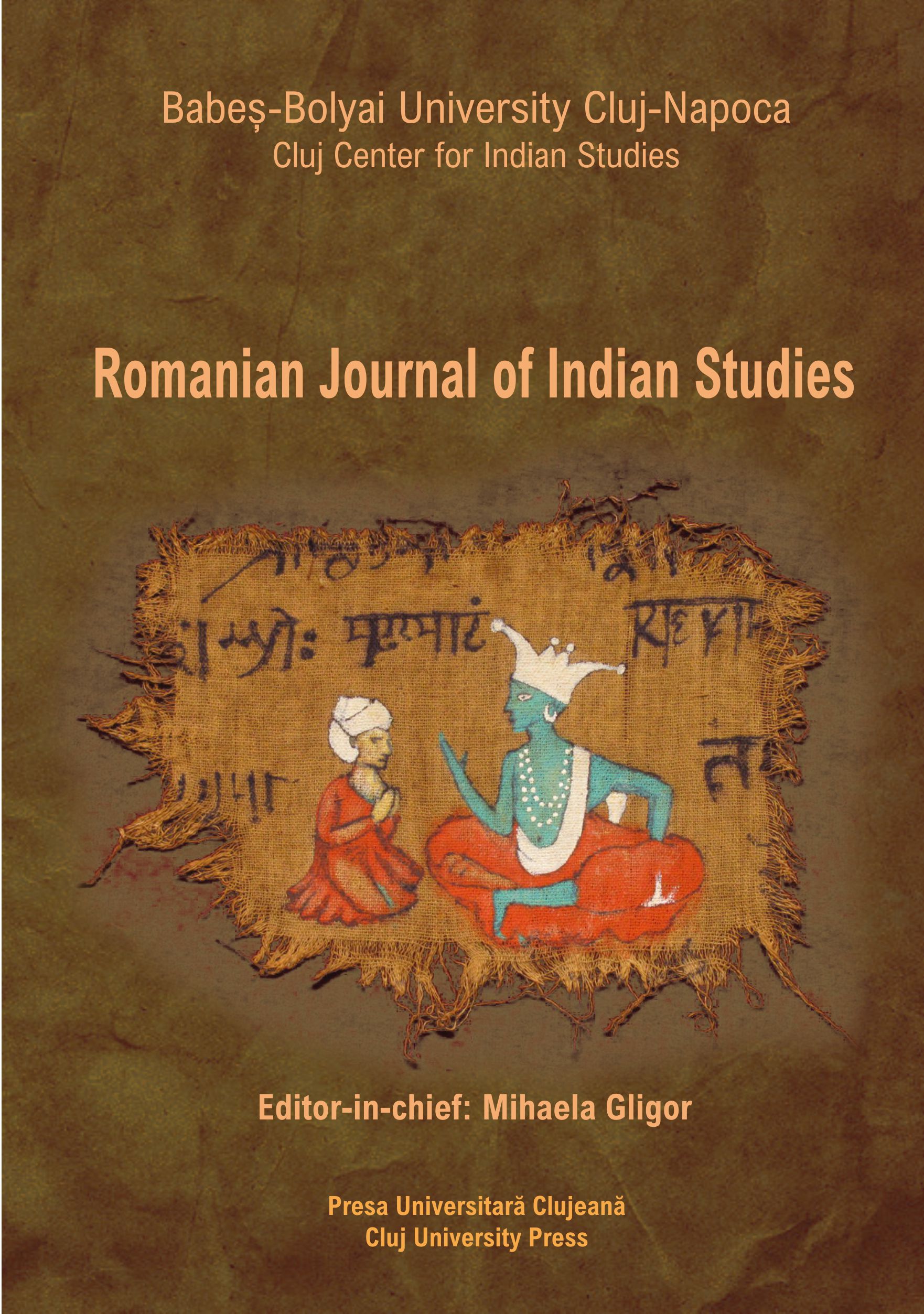
Nevertheless, he never considered himself a philosopher, inmy vision Mohandas Karamchand Gandhi – as regards his oeuvre – canbe considered one of the most important Indian thinkers of the 20thcentury. Being a symbol of non-violent resistance and an iconic figure of India’s independence struggle, we tend to look on him as a hero of the anticolonial struggle, as father of the modern India, forgetting that all these appellations are deeply rooted in his special way of thinking and acting, which could be characterized through words like simplicity,truth (satya), non-violence (ahimsa), love etc.In my paper, I will try to synthetize the philosophical thought of Gandhi, so that from the three core concepts of the Gandhian philosophy (satya, ahimsa and satyagraha) at this time the accent to be put on the truth (satya), which constitute in fact the corner stone of the Gandhian philosophy. Analyzing these concepts is very important because of two reasons: first of all because these concepts either are rooted in the Indian religious traditions (Jainism, Hinduism or Buddhism), and semantically redesigned by Gandhi, or concepts created by himself, but being based on categories provided by India’s philosophical-religious traditions. On the other hand, the concept of truth – by the other two core concepts – had a very important role both in awakening nationalist sentiment and shaping the Indian nation in the early decades of the twentieth century, and in the anti-colonial fight characterized by nonviolent resistance.Therefore, it will be analysed in brief the etymology of satya (truth),highlighting the changes made by Gandhi in the semantic content of the concept. It is worth noting that in the Gandhian thought and discourse the old notions taken from the Hindu religious tradition acquires new semantic layers that make possible their interpretation in a new, sociopolitical context and not a religious one.
More...
In world cultures, the individual’s transition from one stage of existence to the other is marked by specific ceremonies.When a youth is on the verge of entering adulthood, this milestone is touched upon through rites – more or less challenging from aphysical, mental and emotional point of view – meant to prepare him for the active participation in the community’s life, of which he is a member, and take on the specific responsibilities of his new identity.I have used the term identity since, we shall see, the transition from one stage to the other involves the casting off of one’s old garb and bedecking one’s self anew, a fundamental reconfiguration of the individual. Starting from the philosophical framing of the rites, in order to understand the concept of initiatory death we shall, first,reveal the origins of Upanayana, the context of its birth, its development stages, goal, and lastly, stop at some relevant passages for this rite from the sacred texts.
More...
The history of Central Asia is full of situations where the leadership of the territory was in the hands of a woman.Sometimes she served as a regent, sometimes she held the ultimate power. One of these women was Raziya (1236-1240), who ruled a northern India kingdom that fell into the hands of Muslim invaders.One of the most ambitious historical characters of the Indian subcontinent, an echo of the struggle for gender equality, Raziyaloved and respected the people chosen to govern it regardless of religion, belief, and habits.Raziya was a surprising personality leader with a big ambition, an inherited intelligence in the family, and an overwhelming energy.These qualities have been combined with tolerance to other people,the hardness and the power to continue that made her immortal and memorable in the people’s consciousness.
More...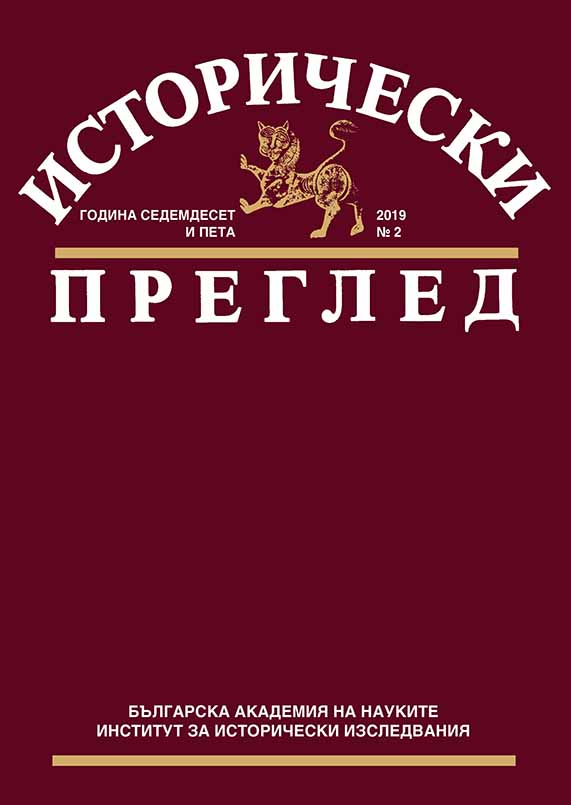
At a meeting of the Commission of Inquiry into the Traycho Kostov case and related cases, conducted in the summer of 1956, Kiril Dramaliev – a member of the CC of BCP and a member of the committee – disagrees with some of the main findings and conclusions in the draft report under discussion. K. Dramaliev insists that Traycho Kostov be rehabilitated not only judicially but also politically, and that Valko Chervenkov be removed from the Politburo of the BCP Central Committee, but at the plenary of the BCP Central Committee on September 7, 1956, Dramaliev withdraws his proposal as “inappropriate”.
More...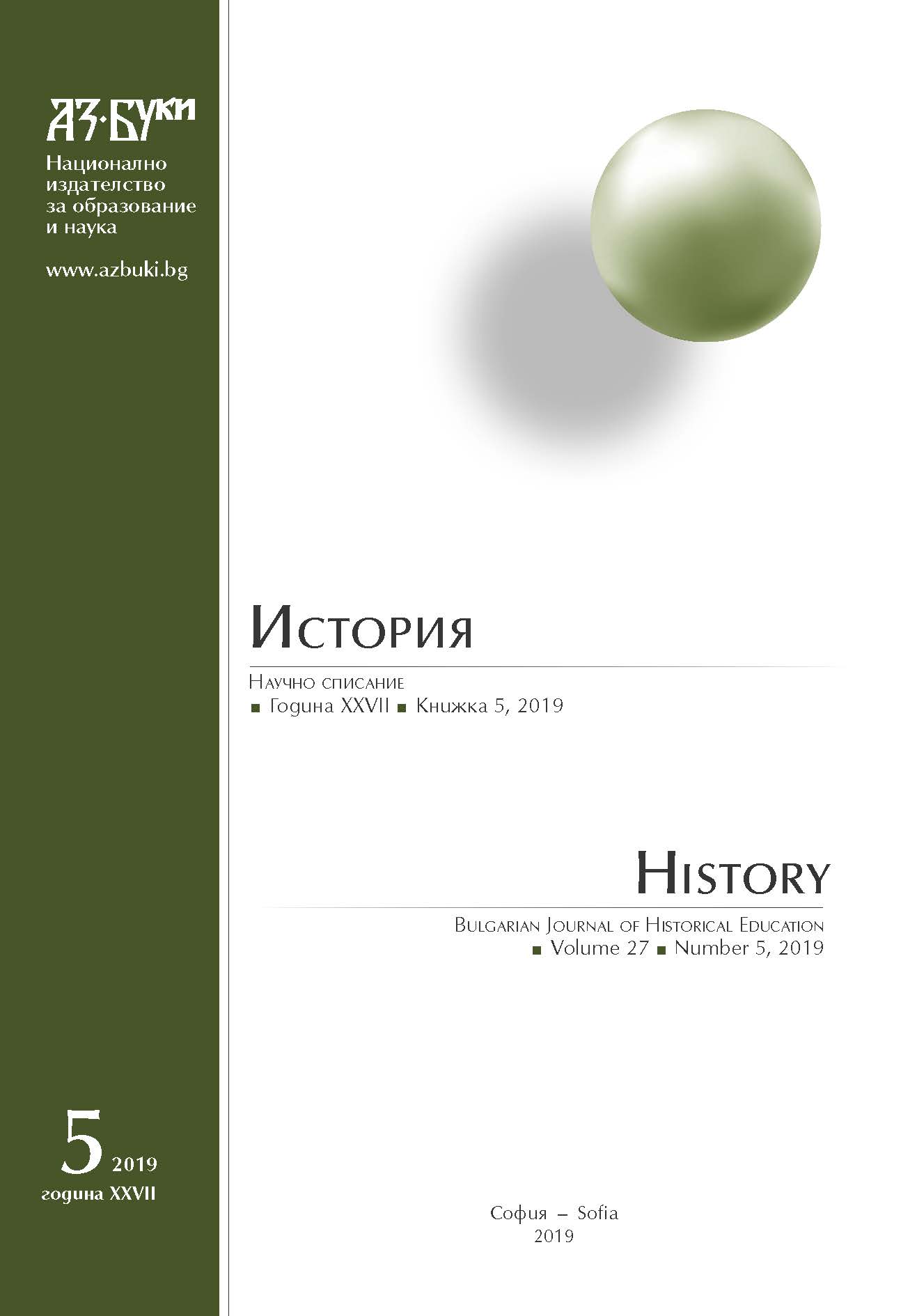
Beginnings are violent and deceitful. Pretending that they spontaneously emerge from nowhere, these words and thoughts cannot help but feign erasure of all that preceded them. There is thus something bold and presumptuous about claiming the ability to inaugurate and virtually burst onto the scene. In an attempt to mitigate the violence and deception of this particular beginning, I want to clearly contextualize what will follow.
More...
The rise of an original Indian detective novel can be dated back to the 1950s. Like its European predecessor, the genre was initially considered strictly popular; books were sold at railway stations as cheap reading matter for commuters. During the Sixties, however, thanks to the rising importance of the middle class, detective novels became increasingly popular. For years the detective genre had been on the wane and it was only in the first decade of the 21st century that new detective and noir stories appeared.
More...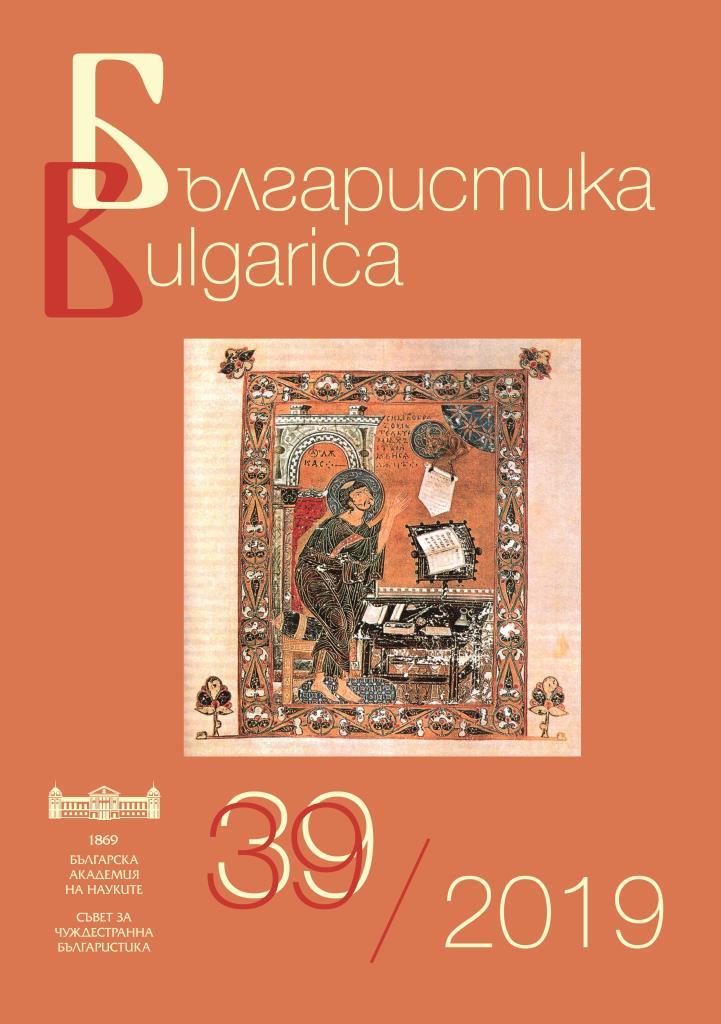



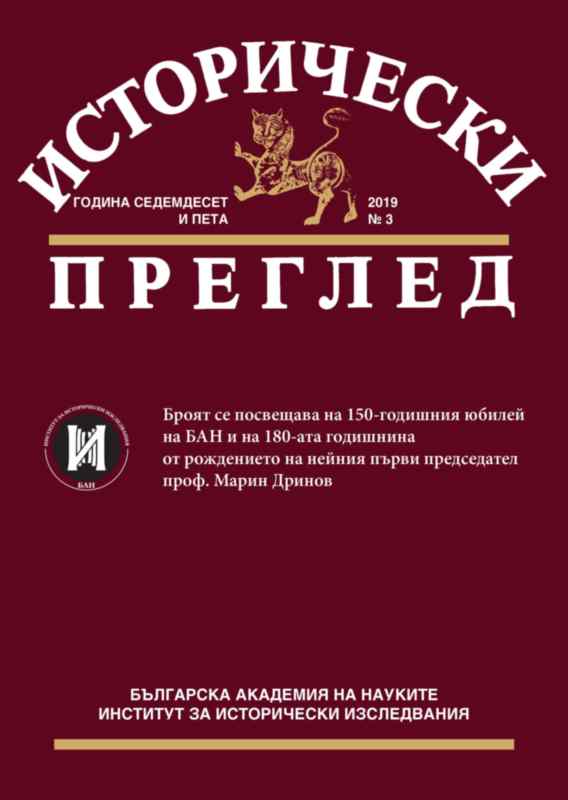
The text consists of two parts – research and documentary. The documentary contains 13 letters from the period 1873–1875, which have not hitherto been in the range of vision of historical science. With some conventionality, they are defined as “letters to and from Chorbadji Patyo”, as Pavel Popov (Poppetrov, p. Petrov) from Vidrare is known. The research section sets out the archaeographic principles that the publication adheres to. The author also depicts a portrait of Chorbaji Patyo, who developed both legal and illegal social activity, managing to be friends with both Midhat Pasha and Levski.
More...